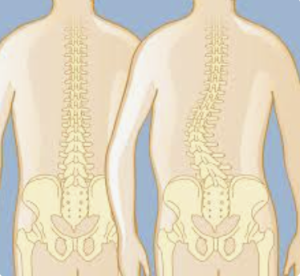In a narrative review Pizones et al. from La Paz Univ. Hosp, Madrid; additional centers in San Antonio, San Diego, Toronto, Barcelona, Charlottesville, New York published in the Global Spine Journal to critically examine evolving strategies in sagittal alignment targets for adult spinal deformity surgery, shifting focus from generic HRQoL goals to preventing mechanical complications Traditional alignment metrics (PI‑LL, SVA, TK) are limited for personalized planning; compensatory strategies (pelvic retroversion, knee flexion) are essential; individualized, structure-shape–based alignment (e.g., GAP, Roussouly, T4‑L1‑Hip‑Axis) reduces mechanical failure risk, though reoperation rates remain high 1).
Critical Review
The narrative review offers a comprehensive appraisal of alignment paradigms, yet:
* Strengths: Integrates key classification systems; emphasizes pelvic and lower-extremity compensation; aligns recent evidence on shape-based vs. quality-of-life–based targets; timely discussion given recent advances (e.g., T4‑L1‑Hip‑Axis)
* Weaknesses: Lacks systematic methodology or quantitative synthesis; conclusions primarily descriptive; limited critical appraisal of conflicting literature; evidence grade unclear
